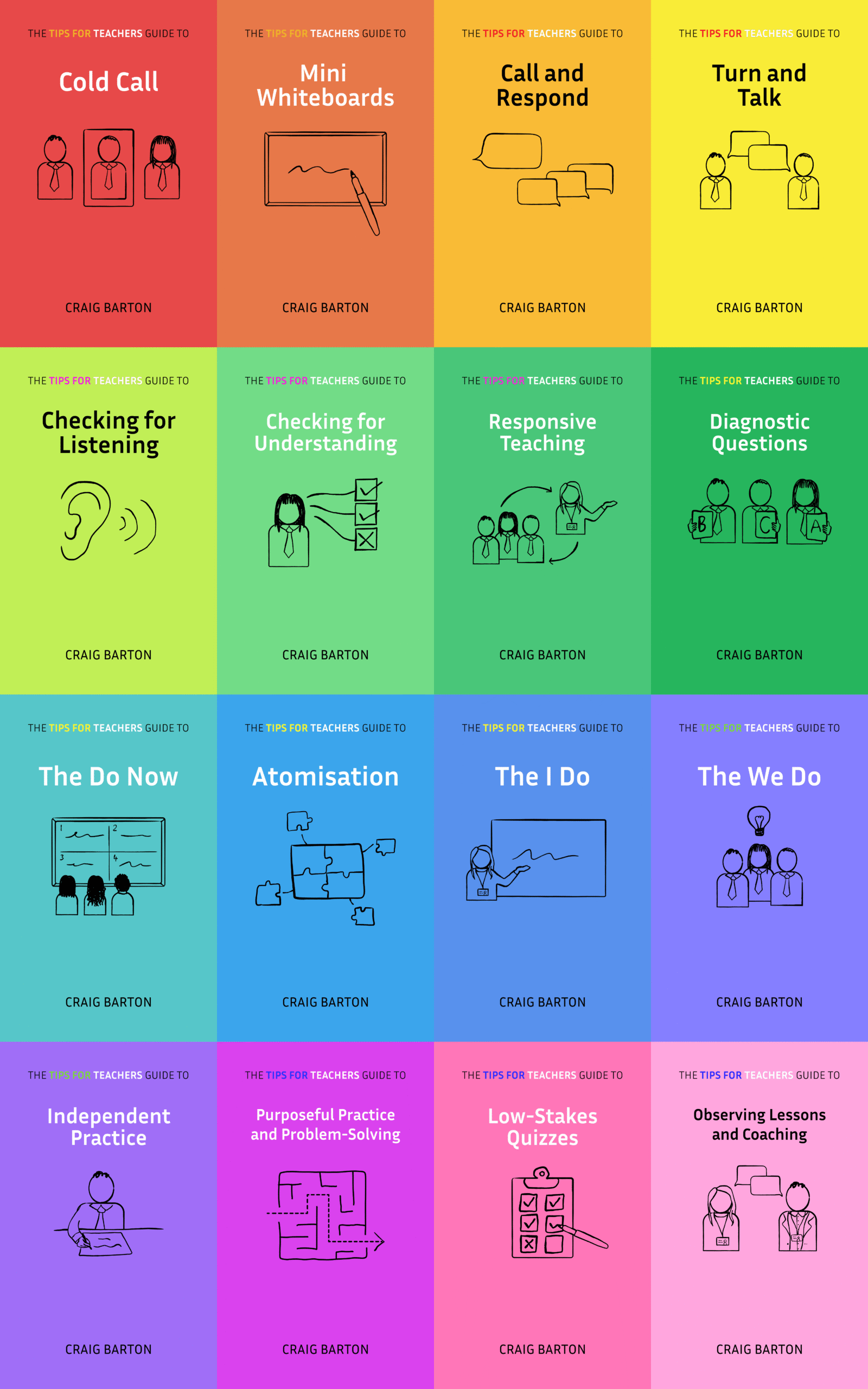
- Title: Spacing and Interleaving of Study and Practice
- Authors: Shana K. Carpenter
- Access the original paper here
- Listen to a deep-dive podcast:
Paper summary
This source, an excerpt from a chapter about spacing and interleaving of study and practice, examines the spacing effect and the interleaving effect, two learning strategies that significantly influence retention. The spacing effect refers to the benefit of studying material in spaced intervals rather than back-to-back, while interleaving emphasizes the advantages of mixing different types of material during learning instead of practicing one type of material exhaustively before moving on. The author explores numerous studies demonstrating these effects in various learning contexts, including vocabulary learning, mathematics problem solving, and art history. The source also analyzes potential challenges to implementing these strategies in real-world educational settings, such as student resistance and the nature of existing learning materials.
What are the key implications for teachers in the classroom?
Here are some key implications for teachers in the classroom, based on the sources you provided:
- To help students retain information over the long term, teachers should implement spaced review of previously learned material. This means that instead of concentrating all review on one day, for example, teachers should review material at periodic intervals of several weeks.
- There are several ways that teachers can implement spaced review:
- Teachers can incorporate brief reviews of previously learned information into current lectures and class activities.
- Teachers can assign homework assignments that require students to revisit previously learned material. For example, when teaching a new statistical concept, teachers can assign problems covering the new concept and include some problems that cover earlier learned, related concepts.
- Teachers can use cumulative exams and quizzes. By testing students on material learned recently and in the more distant past, the exams themselves serve as re-exposure to the material. Moreover, cumulative assessments motivate students to review information on their own.
- Students’ retention of mathematics knowledge can be enhanced by interleaving different types of problems rather than blocking them by type. For example, when teaching fractions, instead of giving students a block of problems all dealing with adding fractions, then a block of problems dealing with multiplying fractions, and so on, teachers should interleave the problems so that students encounter a problem requiring addition of fractions, followed by a problem requiring multiplication, then a problem requiring division, and so on.
- Teachers should be aware that students may be reluctant to use spacing and interleaving because they perceive these methods as making learning more difficult. For example, students make more errors when working on a set of practice problems that is interleaved rather than blocked.
- Teachers should explain to students that even though interleaving may make learning feel harder initially, it is more effective for long-term learning than blocking.
- Similarly, students may feel discouraged when they review information after several days or weeks and find that they have forgotten much of what they learned. Teachers should explain to students that forgetting happens rapidly, even for well-learned material, and is not a sign that their previous efforts at learning were ineffective. Re-visiting knowledge at spaced intervals helps prevent further forgetting.
- Teachers may need to modify or supplement educational materials to ensure that students have the opportunity to use spacing and interleaving because textbooks and other materials do not always encourage these approaches. For example, vocabulary items in many foreign language textbooks are grouped within chapters by topic, and the items don’t typically reappear in later chapters. Likewise, math textbooks are usually organized by topic, with practice problems pertaining only to the current topic.
Overall, the sources suggest that spacing and interleaving are valuable learning strategies that can significantly enhance student learning and long-term retention. By implementing these strategies in their classrooms, teachers can help students overcome the challenges they may face and maximize their learning potential.
Quote
Students work more slowly, and make more errors, when working a set of practice problems that is interleaved rather than blocked … Even though performance on the final test—a more reliable indicator of long-term learning—revealed significant advantages for interleaving over blocking, students may nonetheless be disinclined to use interleaving because of the fact that it makes learning seem harder








